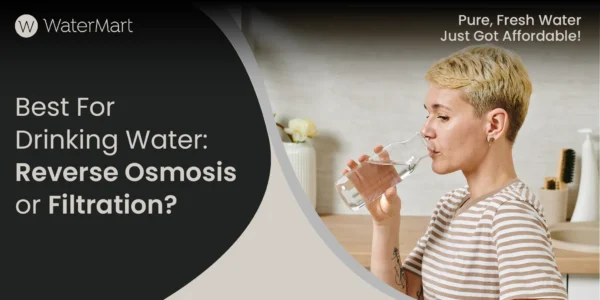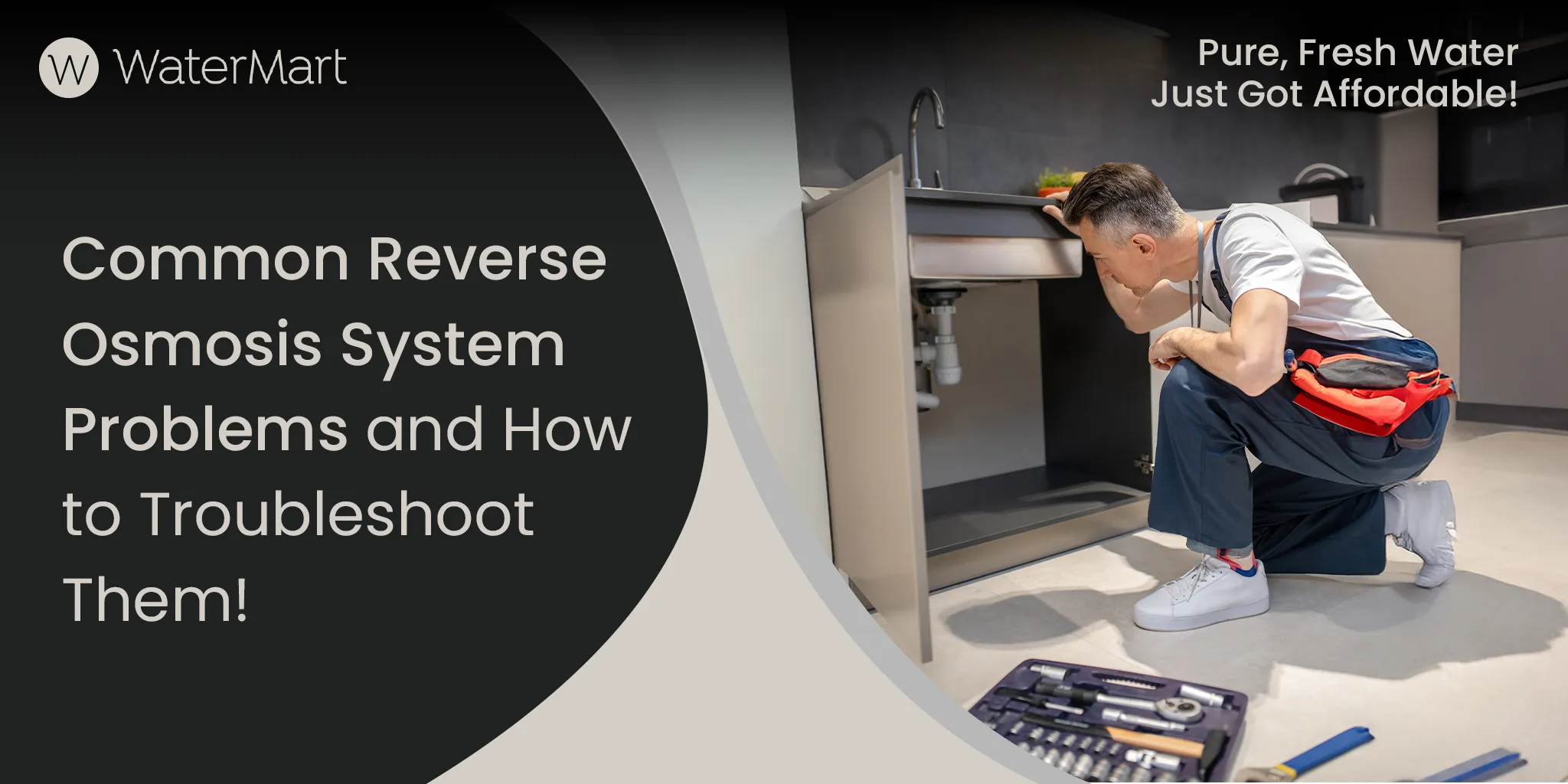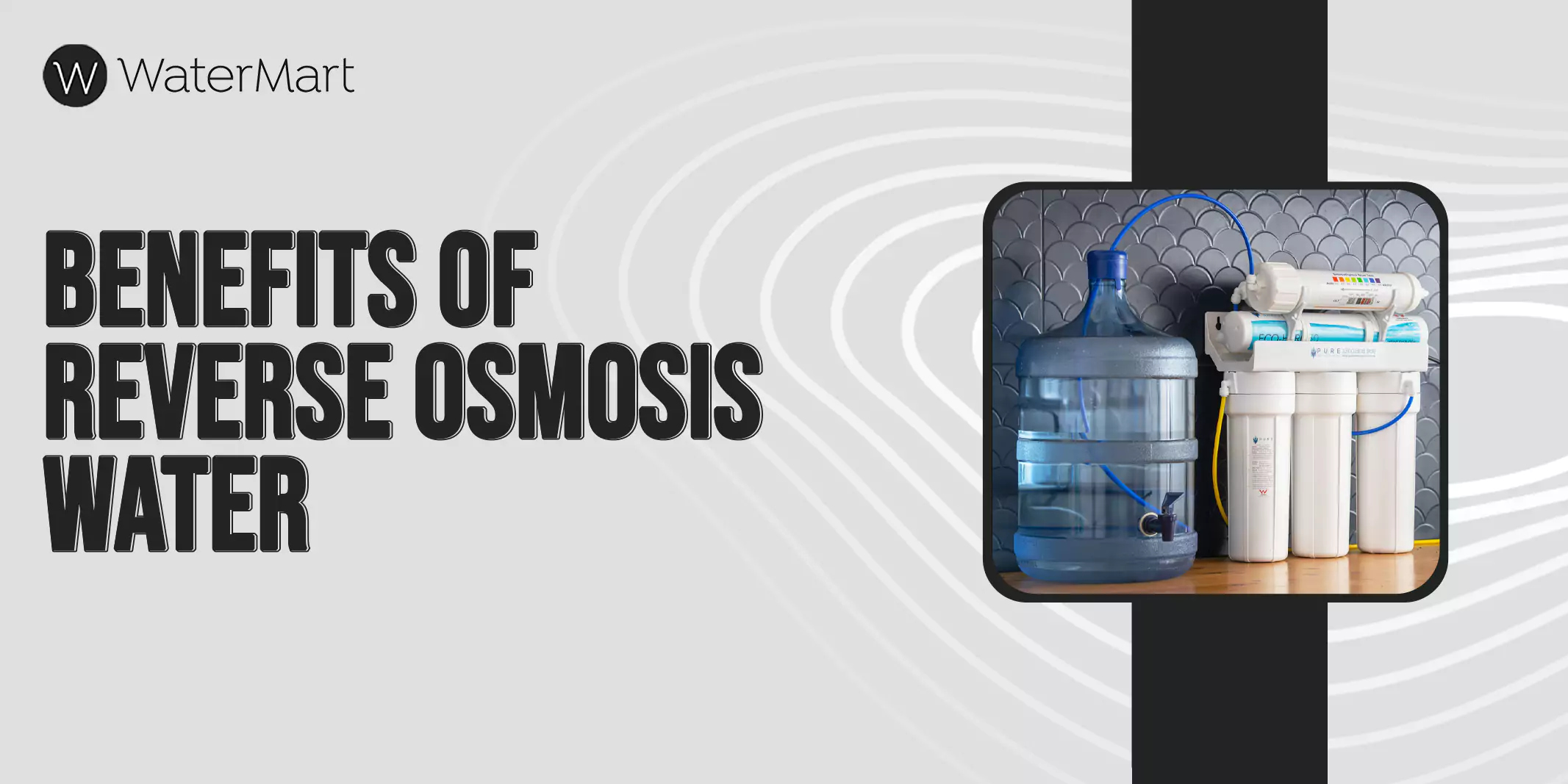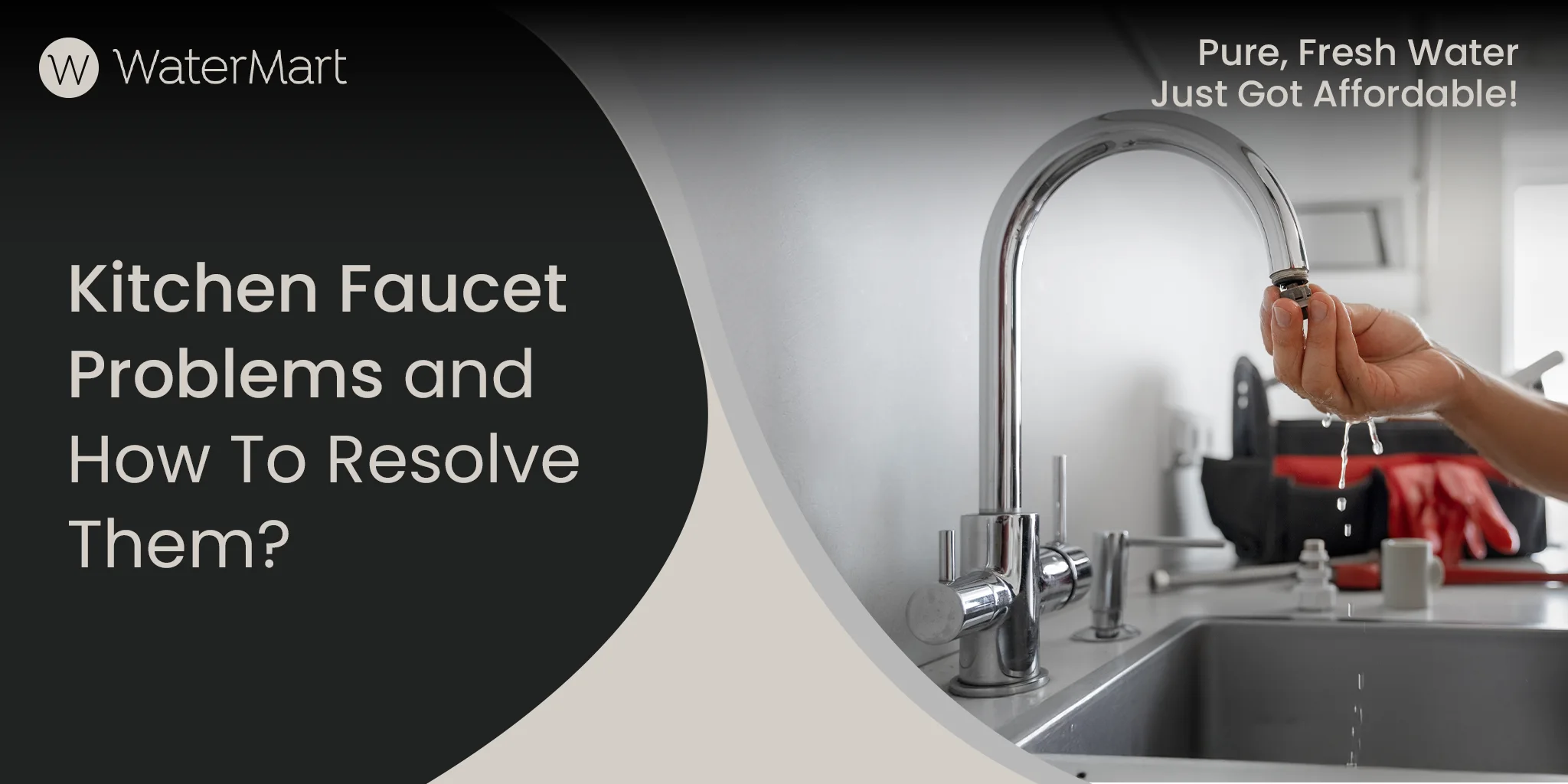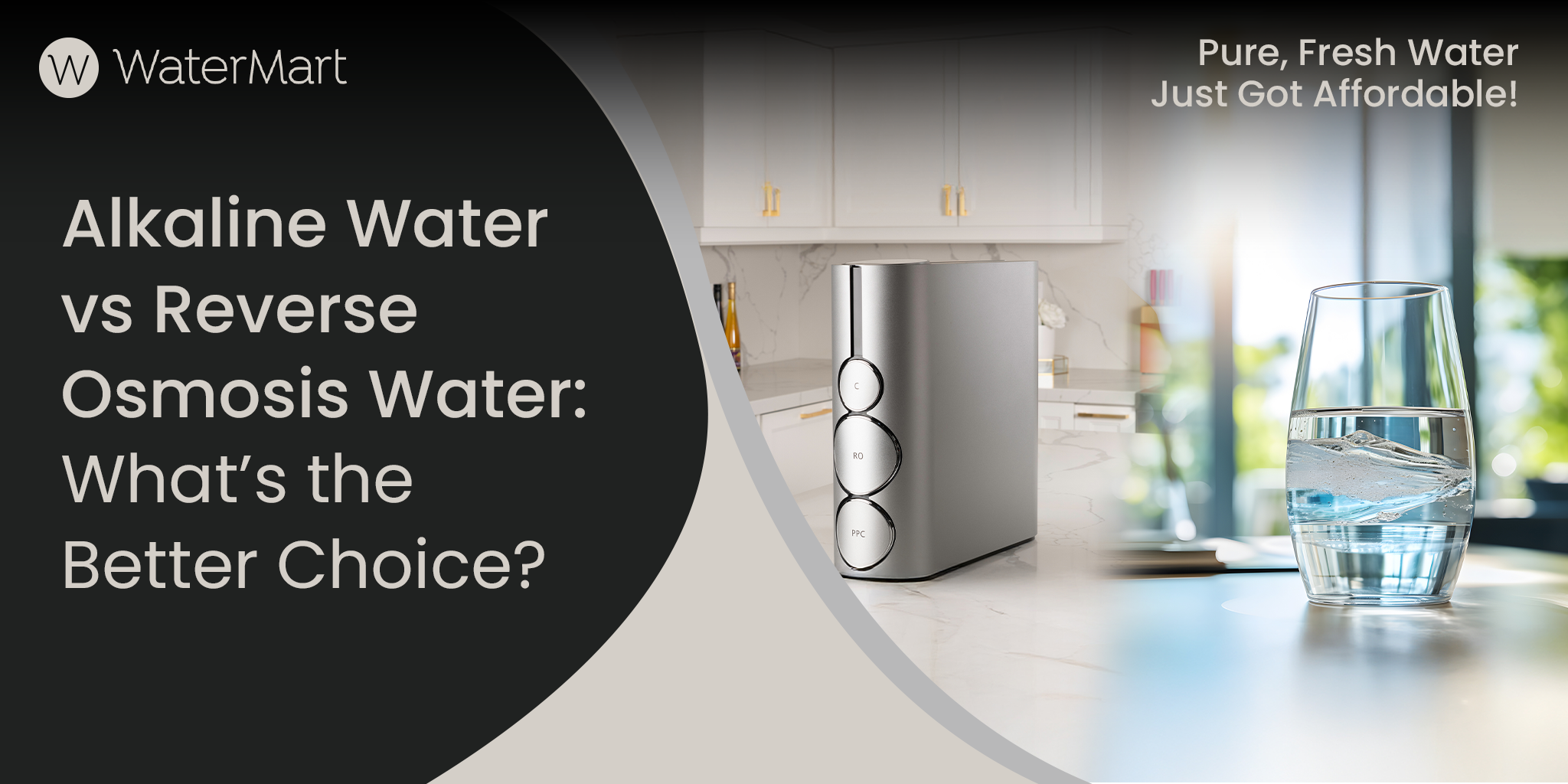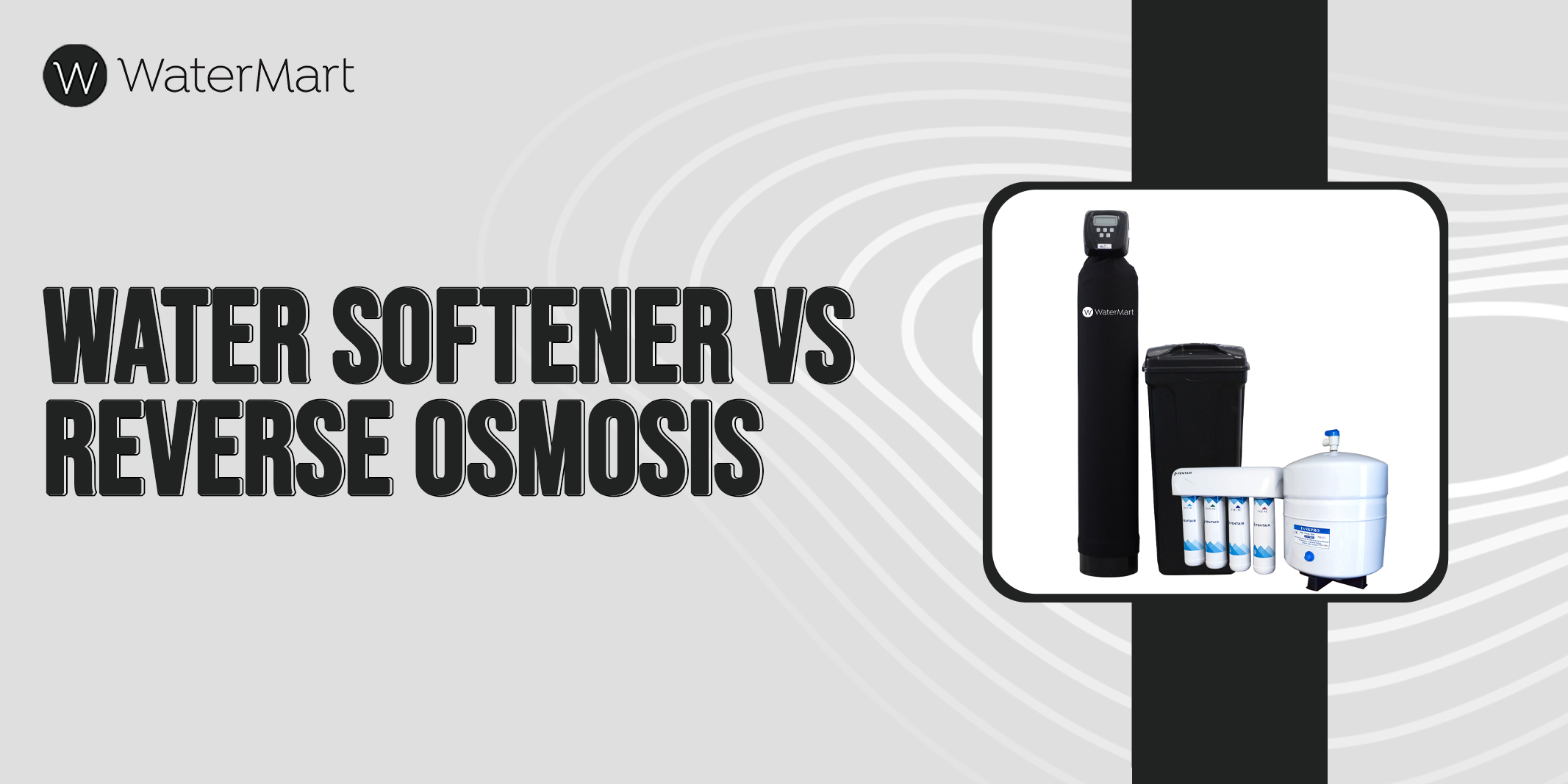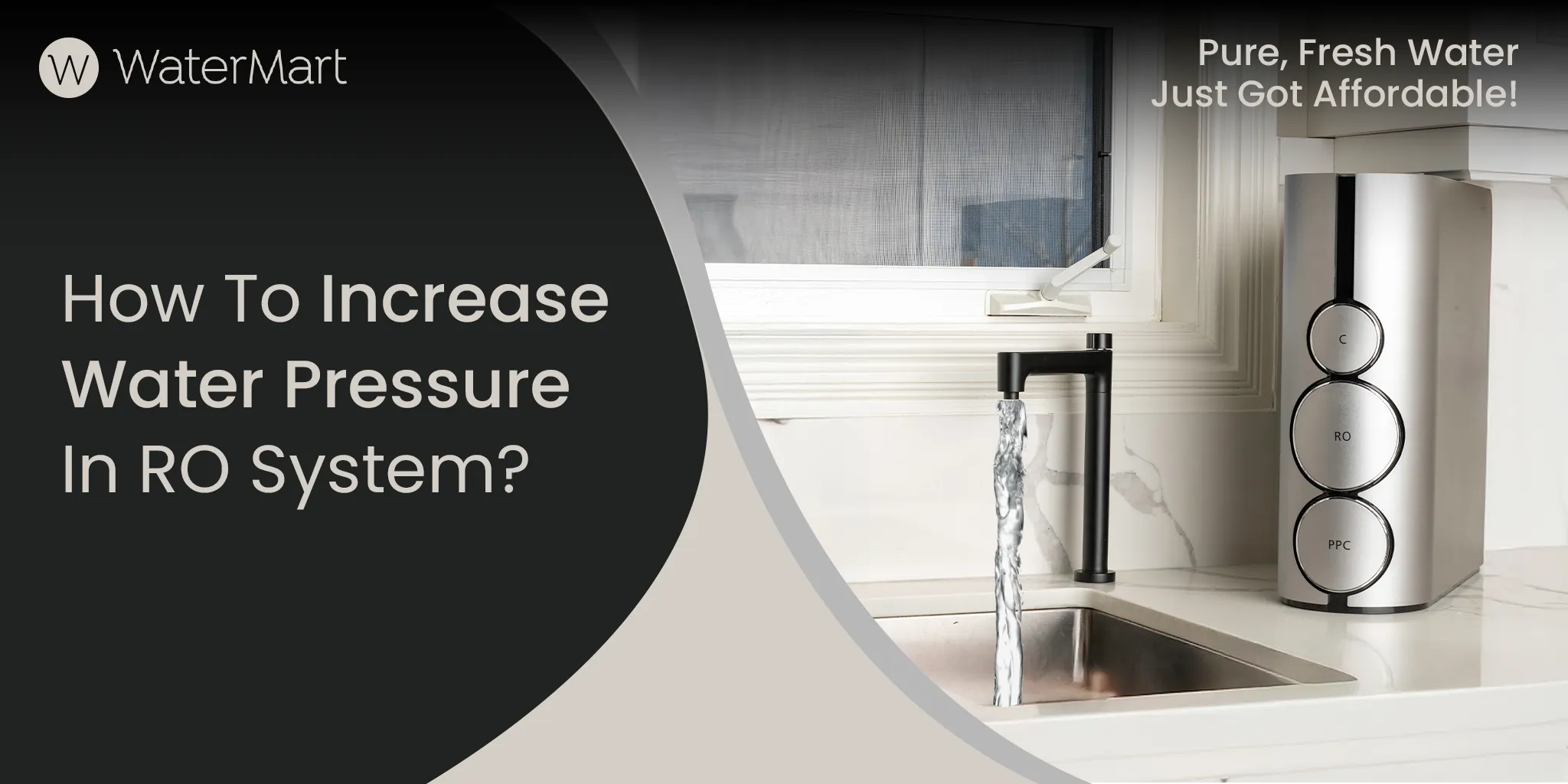Your cart is currently empty!
Reverse Osmosis vs Carbon Filter: Key Differences & Recommendations
Many people think tap water in Canada is always clean and safe. But that’s not always the reality. Canada’s water rules aren’t as strict as some other countries, so harmful impurities in the water may go without any treatment.
Lead was found above safe levels in homes and schools in Toronto and Montreal. This is nothing new, as between 1974 and 2001, there were 288 water-related disease outbreaks, causing about 90 deaths and 90,000 illnesses each year. Aside from Canada, 73% of First Nations water systems are also at medium or high risk of being unsafe.
Today, according to expert recommendations, more Canadians are using water filters at home. Among the top-rated filters, the most common water filters are reverse osmosis (RO) and carbon filters. RO systems clean water using special membranes, while carbon filters use activated carbon to entrap impurities and sediments, chlorine, and VOCs. Let’s look at Reverse Osmosis vs Carbon Filters, how they work, and which one might be better for you.
| Factors | RO System | Carbon Filters |
| Filtration Method | Uses a semi-permeable membrane | Uses activated carbon to absorb impurities |
| Contaminants Removed | Lead, bacteria, pesticides, herbicides, viruses, dissolved solids (TDS) | Primarily removes chlorine alongside other heavy particles |
| Mineral Retention | Removes large-sized minerals like magnesium and calcium | Keeps all minerals in water |
| Water Taste | Tastes good, fresh a little plain as it has fewer minerals | Natural, fresh, full of minerals |
| Water Wastage | 2-3 gallons of water wastage for one gallon of filtered water | No water wastage |
| Installation Complexity | Complex process, needs professional help | Simple and DIY friendly |
| Maintenance Requirements | Requires Higher Maintenance, regular membrane and pre-filters changes | Only carbon filters are replaced over time |
| Filter Lifespan | 5 to 7 years, depending on the usage, amount of water filtered, and used. | 6 to 12 months, depending on water quality, amount of water filtered, and the usage of filtered water. |
| Cost | Expensive | Economical |
| Flow Rate | Multi-stage process, slow flow rate | Faster flow rate |
| Certifications | NSF/ANSI Standard 58 | NSF/ANSI standard 42 and 43. |
What Is Carbon Filtration & How Do Carbon Water Filters Work?
Canadian water is chlorinated to disinfect the water before it flows from municipal centers to households. The percentage of chlorine in tap water in Toronto ranges from 0.04 mg/L to 2.0 mg/L, which is a safe limit to drink, but very unpleasant in taste and irritating to sensitive hair and skin.
Carbon filtration is used as a water filtration method that uses activated carbon, typically made from coconut shells or coal. Carbon filters are used to entrap/filter the chlorine particles and let the other useful minerals pass through during the filtration process.
As water passes through the filter, contaminants stick to the surface (through absorption) of the carbon, leaving cleaner water behind.
Carbon filters are especially effective at removing chlorine, volatile organic compounds (VOCs), pesticides, herbicides, and unpleasant odours or tastes, removing up to 95% of chlorine, used in Canadian municipal water systems.
Unlike reverse osmosis, carbon filters retain essential minerals like calcium and magnesium, making the water natural and pleasant in taste. They’re a great option for households looking for simple, chemical-free filtration with minimal maintenance.
Types of Carbon Filters & What Does A Carbon Filter Remove From Water?
Not all carbon filters are the same. At WaterMart, we offer a complete variety of high-quality carbon filters designed to purify different water types and remove the specific contaminants in those types. Here’s a quick guide to the main types and what they do:
Granular Activated Carbon (GAC)
GAC filters use loose carbon granules to remove chlorine, sediment, bad taste, and odour from tap water. They allow high flow rates, making them ideal for whole-house filtration. Our GAC filters are perfect for improving taste and removing basic chemical impurities in Canadian homes.
Carbon Block
Carbon block filters use compressed carbon for finer filtration. They remove chlorine, VOCs, pesticides, lead, and cysts with higher precision than GAC filters. With a slower flow but better contaminant removal, our Carbon Block filters give premium protection for families who need cleaner, healthier water.
Catalytic Carbon
Catalytic carbon filters go beyond standard carbon. They remove chloramines, a tough chemical often used in municipal water treatment. They’re also effective against hydrogen sulfide and VOCs. Our carbon filters are an excellent upgrade for homes relying on treated city water across Canada.
Activated Carbon Fiber (ACF)
ACF is a newer, advanced type of carbon filter made from ultra-fine fibers. It offers a larger surface area, which improves the removal of chlorine, VOCs, heavy metals, and microscopic particles. We provide ACF filters for fast, effective filtration with a long lifespan, ideal for both residential and commercial use.
Can You Combine Reverse Osmosis and Carbon Filters?
Carbon filters and reverse osmosis are frequently used together. Both are combined in many contemporary multi-stage filtration systems to provide water that is safer, cleaner, and tastes better.
These systems use carbon filters before and after the RO membrane. The pre-carbon filter blocks chlorine and harmful organics that ruin the membrane. The post-carbon filter (also called a polishing filter) treats the purified water to improve taste and eliminate odours.
It is not only feasible but also strongly advised to use both. This setup is ideal for homes using chlorinated municipal water or areas with VOCs, lead, and nitrates. To keep it working effectively, it’s important to know the lifespan of RO filters and replace them on time.
This combination gives you the combined benefits of both filters, deep purification from RO and improved taste from carbon. AT WaterMart, we offer whole-house water filters with a GAC carbon filter(for chlorine removal) and a GAC Catalytic carbon filter (For chloramine removal).
Is The Water Filtered By Carbon Filters safe?
Activated carbon filters are the most effective type of filter for household water. They are safe to use as they remove large molecules of impurities, including sand, silt, loose scale, or clay, along with herbicides, pesticides, chlorine, VOCs, hydrogen sulfides, Nitrates, trihalomethanes, and many other harmful compounds from the water.
The only reason anyone assumes they are unsafe is that they cannot remove certain heavy metals like mercury and lead. The carbon filters are designed to actively remove 10 common chemicals, 12 herbicides, 14 of the most common pesticides, and 32 types of contaminants. Also, the quality of filtered water depends on the cleanliness of carbon filters. Leaving them unmaintained can also cause a harmful environment. They can’t self-clean, so they need a replacement every 6 to 12 months.
Does a Carbon Filter Reduce TDS?
Total Dissolved Solids are the amount of dissolved minerals, salts, and metals in water, and carbon filters can not remove them. Since carbon filters work by absorbing impurities while improving taste, these tiny dissolved particles pass right through. Carbon filters keep dissolved minerals like calcium, magnesium, sodium, and trace heavy metals.
To lower TDS levels, reverse osmosis (RO) is the more effective choice. RO systems are known to block up to 95-99% of TDS with the help of a semi-permeable membrane. The filtered water is also free from harmful dissolved substances like lead and fluoride. However, low TDS isn’t always better, as low TDS means removal of healthy minerals like calcium and magnesium! That’s why water with lower TDS levels tastes flat.
So, carbon filters won’t reduce TDS, but they do improve water quality in other important ways. We always recommend choosing your filters based on your specific water needs.
Do Carbon Filters Remove Bacteria?
Standard carbon filters have limitations due to their design; therefore, they can not remove bacteria or viruses from the water. They are not designed for microbial purification, and you should not rely on them to make biologically unsafe water drinkable. The way carbon filters are designed means an old or overused one can become a breeding ground for bacteria right inside your system.
In areas where water contains harmful microbes that require removal, combination systems of a carbon filter with a UV purifier, a reverse osmosis system, or another disinfection method are installed. Carbon filters are the most effective alone when used with municipal or pretreated water sources, where biological contamination does not occur.
Does Reverse Osmosis Remove Rust From Water?
Yes, reverse osmosis removes rust from the water during the filtration process. RO system consists of a pre-filter stage where a semipermeable membrane is used to remove large-sized particles, including rust, sand, clay, and other sediments. During pre-filtration, large particles of rust remain unfiltered, pushing rust-free water to the RO membrane.
Are Carbon Filters Safe For Drinking Water?
Carbon filters are safe for drinking water, and they remove chlorine and other harmful substances from the water. As carbon filters are commonly used for municipal water, which has already been treated to disinfect the biological impurities, the output of carbon filters is safe to drink.
But always keep checking the functioning of carbon filters, and maintain them according to the manufacturer’s guidelines. Excessive carbon dust in filtered water can be harmful for drinking.
How Long Does a Carbon Water Filter Last?
The lifespan of carbon water filters depends on the water quality and quantity being used daily and the filter type. If the tap water has high chlorine levels, sediment, or organic contaminants, filters will require frequent replacements. So, “untreated” water sources with high chlorine levels, organic contaminants, or sediments mean frequent filter replacements and maintenance.
Keeping the filter regularly replaced is key to getting clean water. An old or clogged filter not only loses its effectiveness; it can turn into a prime breeding ground for bacteria.
To put it into months, expect them to last between 2 to 6 months, but only some high-capacity filters are designed to last up to 12 months. Regular carbon water filters can also last for 12 months only in areas where the water is either low-sediment or the filter is present in pre-treated water systems.
For clean, safe, and great-tasting water, always follow the manufacturer’s guidelines and change filters on time. At WaterMart, we offer replacement filters to match all major carbon filter types. You can get in touch with us to discuss your water filter type and replacement requirements.
Which One to Use? The Final Verdict!
Carbon filters and reverse osmosis serve different purposes, needs, and types of water, as there’s no one-size-fits-all. Use carbon filters for better taste, chlorine removal, and affordability with city water. Choose reverse osmosis (RO water filters) for removing fluoride, heavy metals, or treating well water. For the best results, combine both in a multi-stage system for complete protection.
Start Your Free Water Test Today!
We, at WaterMart, offer free water testing to help you figure out which water filtration system is best for you. We find the right filtration system for your home, offices, residential, or commercial areas. With 30+ years of water treatment experience across Canada and hundreds of positive reviews from our satisfied clients, families, homeowners, and business owners, trust us nationwide. Let us help you enjoy safe, clean, and great-tasting water, starting today!
